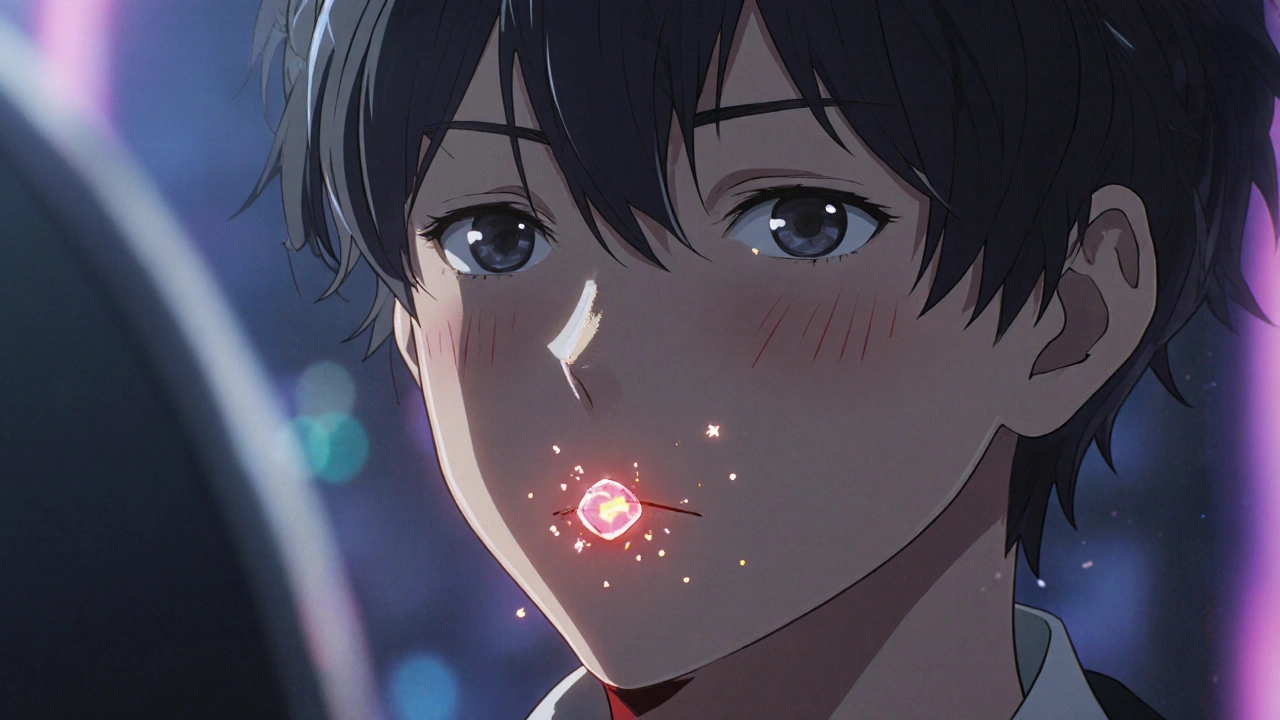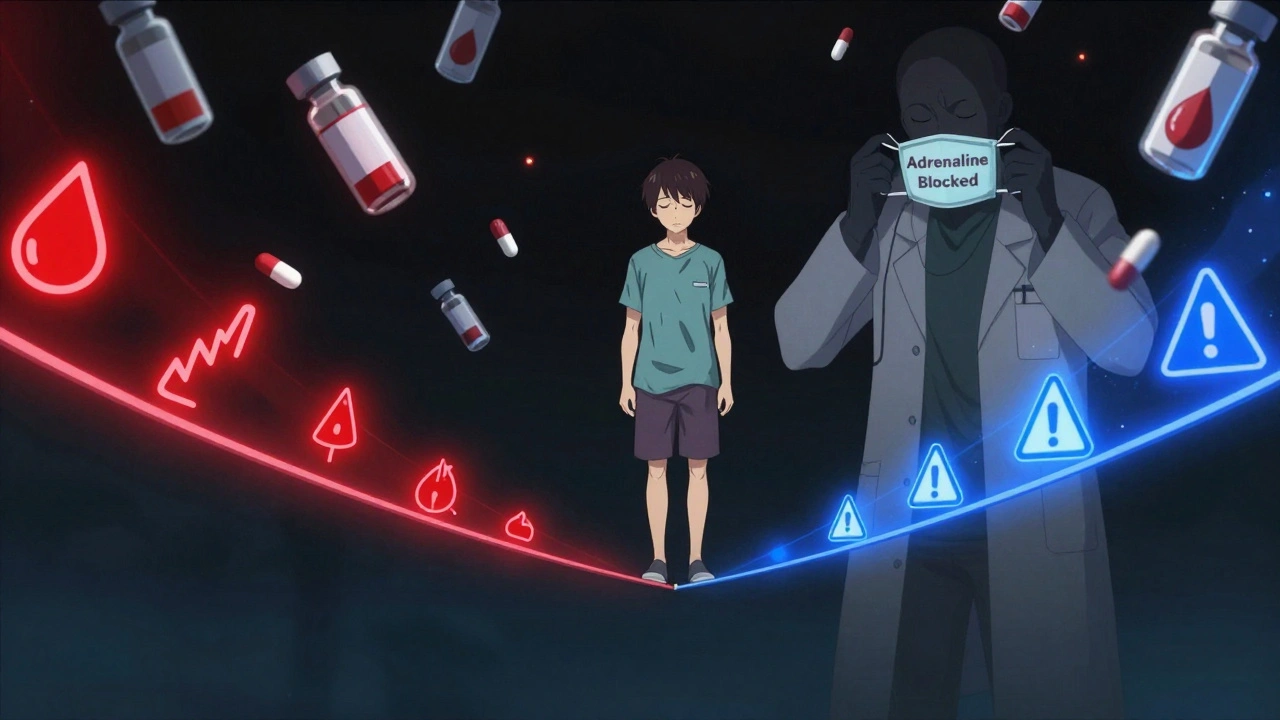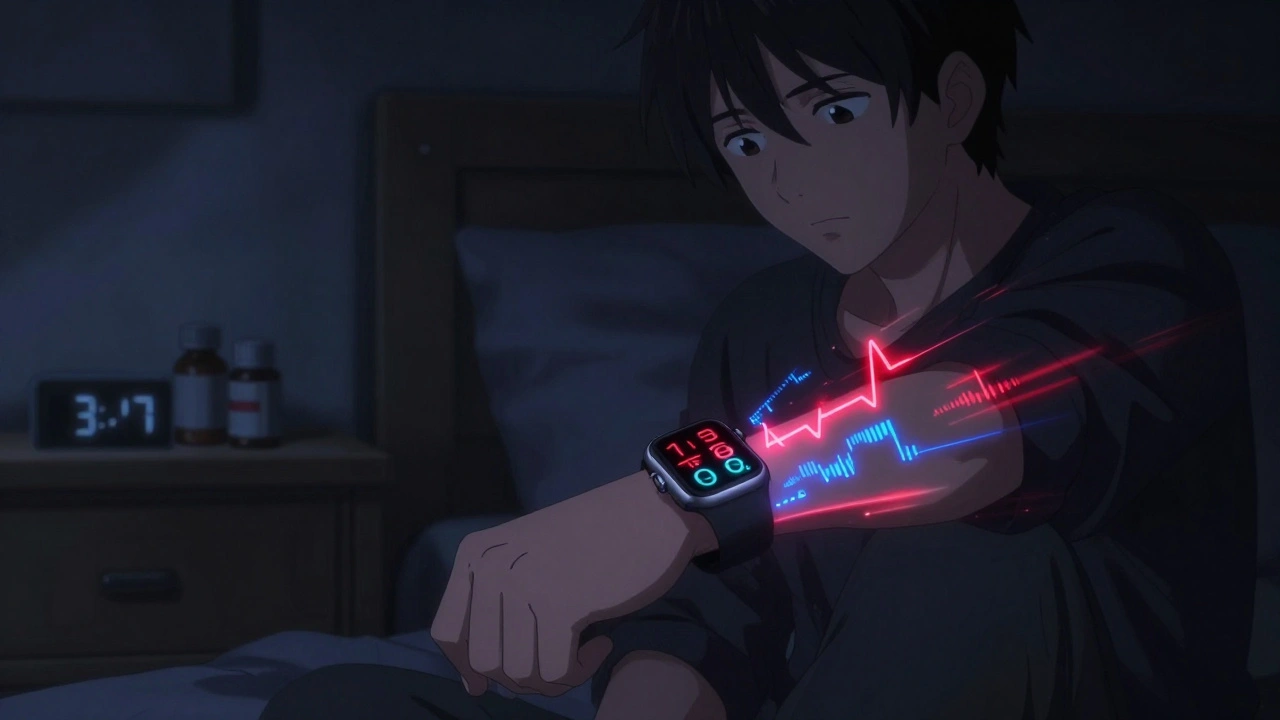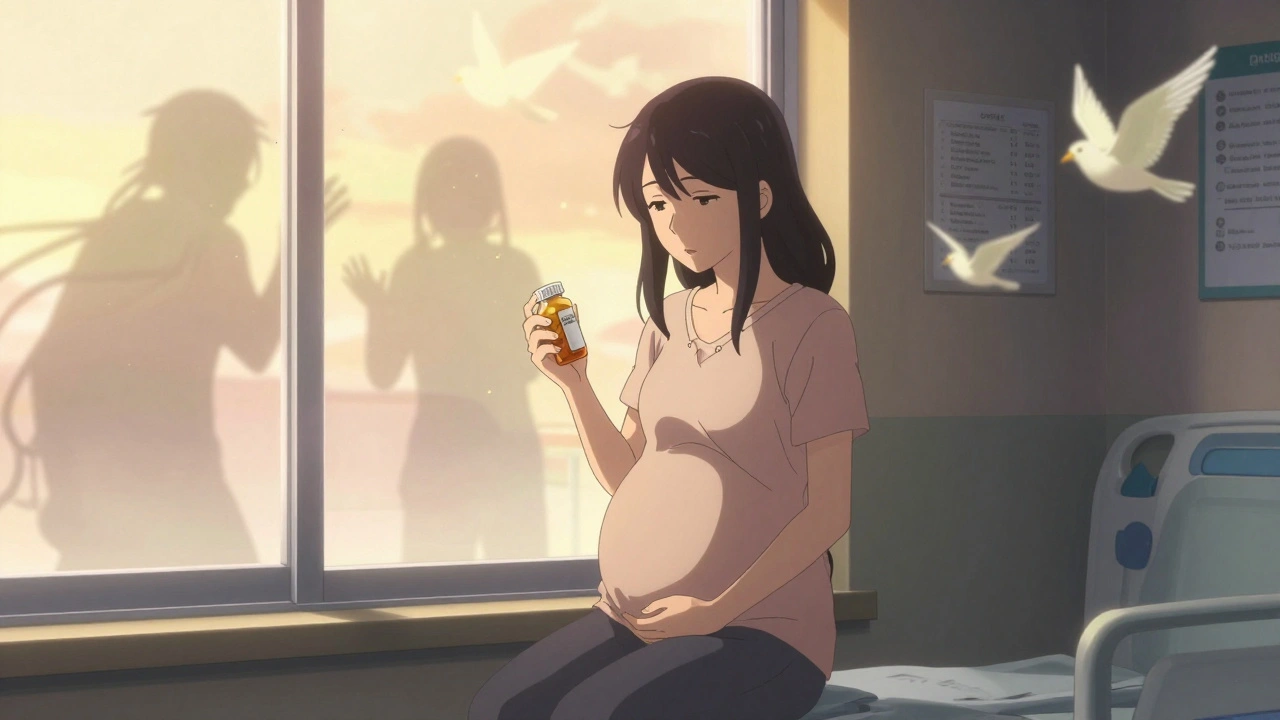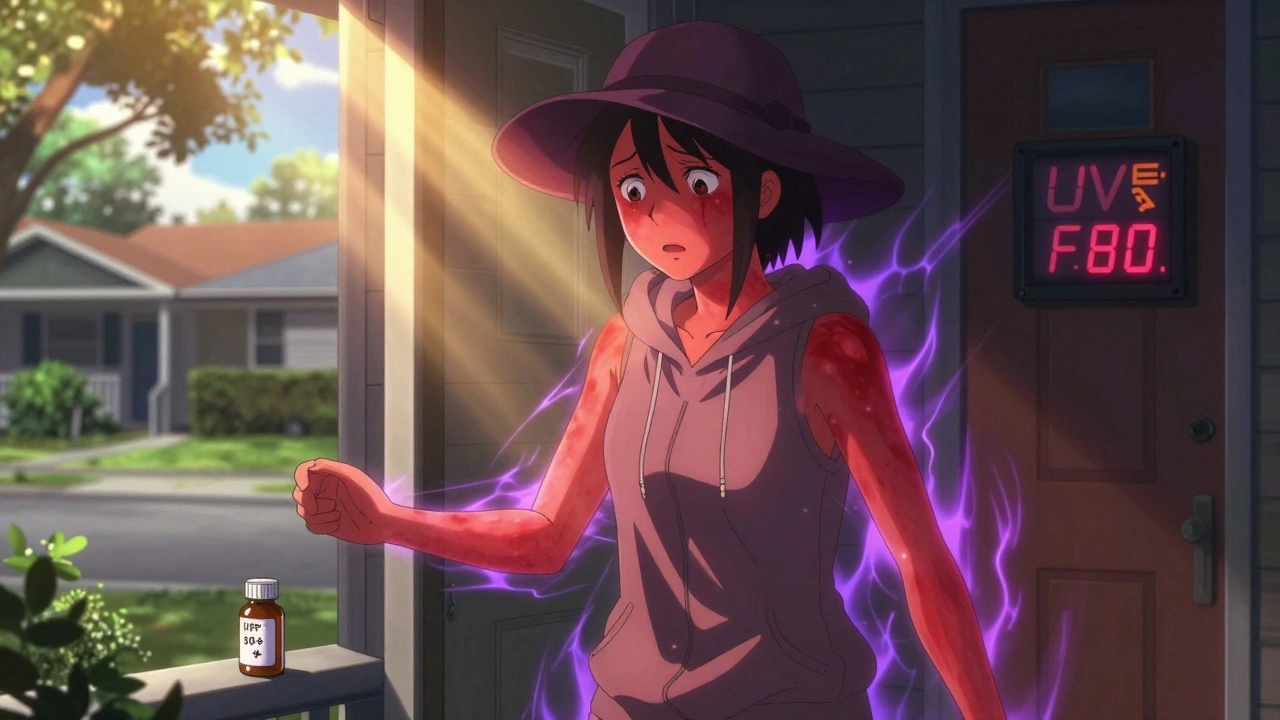Cold Sore Symptoms: What to Look For and How to Manage Them
When you feel that familiar tingling, burning, or itching on your lip, it’s usually more than just dry skin—it’s likely a cold sore, a common viral infection caused by the herpes simplex virus, often type 1. Also known as oral herpes, cold sores are contagious, painful, and surprisingly common—nearly two-thirds of people under 50 carry the virus, even if they never show symptoms. These aren’t just blisters. They’re your body’s reaction to a virus that hides in your nerves and wakes up when you’re stressed, sick, sunburned, or run down.
Cold sores don’t appear out of nowhere. They follow a pattern: first, a tingling or itching sensation—sometimes days before anything shows up. Then redness, swelling, and small fluid-filled blisters cluster together. These break open, leak, and crust over, often taking 7 to 10 days to fully heal. The worst part? You can spread it to others—even when you don’t have visible sores—through kissing, sharing utensils, or touching your face and then someone else’s. And if you’ve ever had one, you know how annoying it is to eat, talk, or even smile without pain.
What makes cold sores tricky is that they’re not just a lip problem. They’re linked to your immune system, your sleep, your stress levels, and even the weather. People with weakened immunity, like those on long-term steroids or dealing with chronic illness, often get them more often. Some notice outbreaks after sun exposure—so sunscreen on your lips isn’t just for aging, it’s preventive. Others get them after a bad night’s sleep or during menstrual cycles. There’s no cure, but knowing your triggers helps you stop them before they start.
And while most cold sores heal on their own, the right treatment can cut the timeline in half. Antiviral creams like acyclovir work best when applied at the first sign of tingling. Oral antivirals like valacyclovir can help if you’re prone to frequent outbreaks. Even simple things—ice, avoiding spicy food, and not picking at the sore—make a real difference. It’s not magic. It’s managing a virus that’s already in your body.
Below, you’ll find real-world advice from people who’ve dealt with recurring outbreaks, comparisons of treatments that actually work, and tips on how to prevent spreading it to others—especially if you live with kids, elderly family members, or someone with a compromised immune system. This isn’t just about covering up a blemish. It’s about understanding what’s really happening and taking control before it flares up again.
Cold Sores vs. Pimples: How to Tell Them Apart and Treat Them Right
Cold sores and pimples look similar but are totally different. Learn how to tell them apart by location, sensation, and appearance-and what treatments actually work for each.

